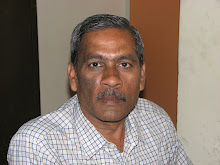Your health? Priceless. The savings from neighborhood trees on things such as hospital visits related to air pollution? Some $16 million if you live in East Boston, Roslindale, the South End, or Jamaica Plain, according to a study by the Urban Forest Coalition.
That estimate is based on the field work conducted last summer by volunteers in East Boston, Roslindale, and the South End, plus data gathered two summers ago in Jamaica Plain, before the coalition was formed.
Trees store tons of air pollution, so that what is belched into the atmosphere by automobiles, factories, air conditioners, and other sources does not end up in our lungs.
To calculate trees' pollution-fighting value, the coalition used a computer program developed by the US Department of Agriculture's Forest Service that assigns a dollar value to each tree based on, among other things, removal from the air of harmful pollutants.
Now the coalition, formed a year ago to nurture Boston's so-called urban forest, is looking for volunteers to expand the study into at least a dozen other neighborhoods starting next month.
''By the end of the season, we should have about 80 percent of the city's street trees inventoried," said Sherri Brokopp, director of the Community Forest Partnership of the Urban Ecology Institute, one of the neighborhood groups that formed the coalition.
On May 6, organizers will hold the first of three workshops to train volunteers to identify trees and assess their health. Volunteers will then spend about 10 hours each between May and October to inventory every tree in sight and enter the data into handheld computers, Brokopp said.
To volunteer, call Brokopp at the Urban Ecology Institute at 617-552-0672 or send e-mail to
brokopp@bc.edu. CHRISTINE MacDONALD



